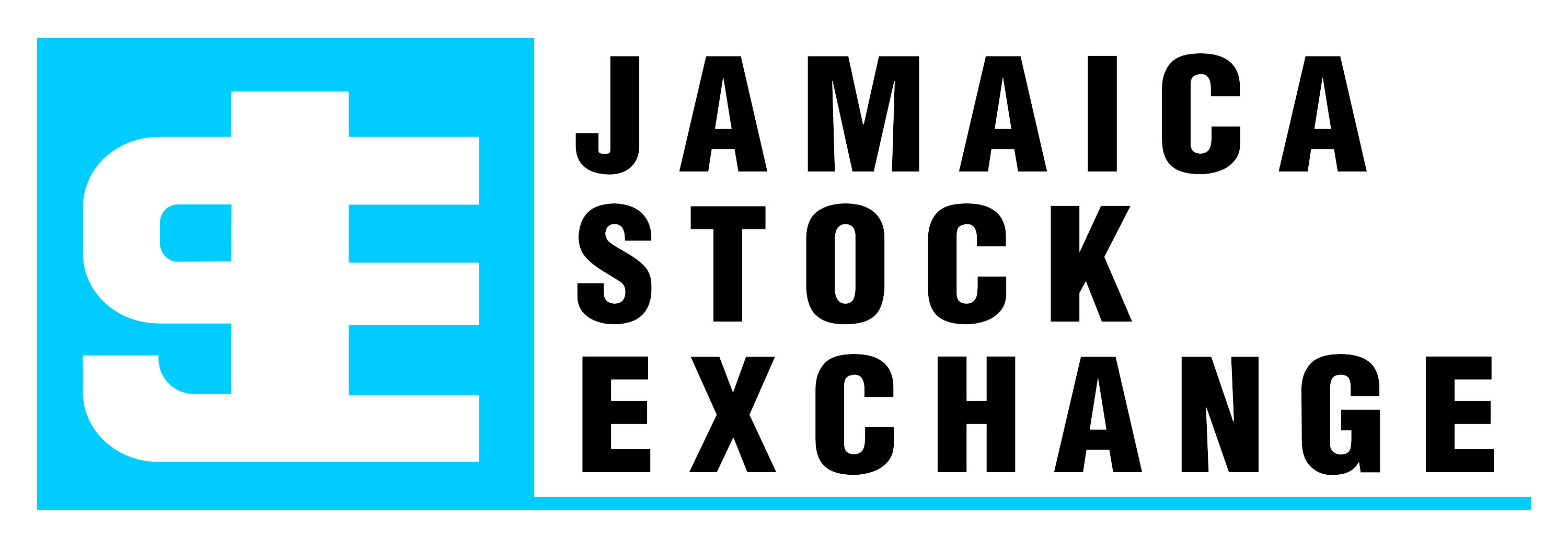Archive
International Market Witnessed High Levels Of Volatility In Response To Economic Indicators
-

 Businessuite News242 weeks ago
Businessuite News242 weeks agoJamaica Records US$2.4B in Earnings From 2.3 Million Visitor Arrivals Since Start of 2025
-

 Businessuite Women4 weeks ago
Businessuite Women4 weeks agoData Mavericks of the Caribbean: Raquel Seville & Dataffluent’s Visionary Rise
-

 Business Insights4 weeks ago
Business Insights4 weeks agoBusinessuite Cover Story: Too Much Power? Governance Risks Rise as Tyrone Wilson Consolidates Leadership at Kintyre and Visual Vibe
-

 Businessuite Markets4 weeks ago
Businessuite Markets4 weeks agoBusinessuite Cover Story: Wigton’s Bold Bet – Could Tropical Battery Be the Key to Its Caribbean Clean Energy Empire?
-

 Business Insights2 weeks ago
Business Insights2 weeks agoUnilever’s Ice Cream Breakup: Why the World’s Biggest Ice Cream Maker Is Spinning Off Its Sweetest Business
-

 Businessuite Markets4 weeks ago
Businessuite Markets4 weeks agoKintyre Holdings Actively Pursuing Funding To Support Expansion Of Visual Vibe
-

 Businessuite News242 weeks ago
Businessuite News242 weeks agoJamaica Market Entry via Acquisition: Uber Eats’ Potential Playbook
-

 Business Insights2 weeks ago
Business Insights2 weeks agoJamaica, Is Uber Eats Coming Soon?







